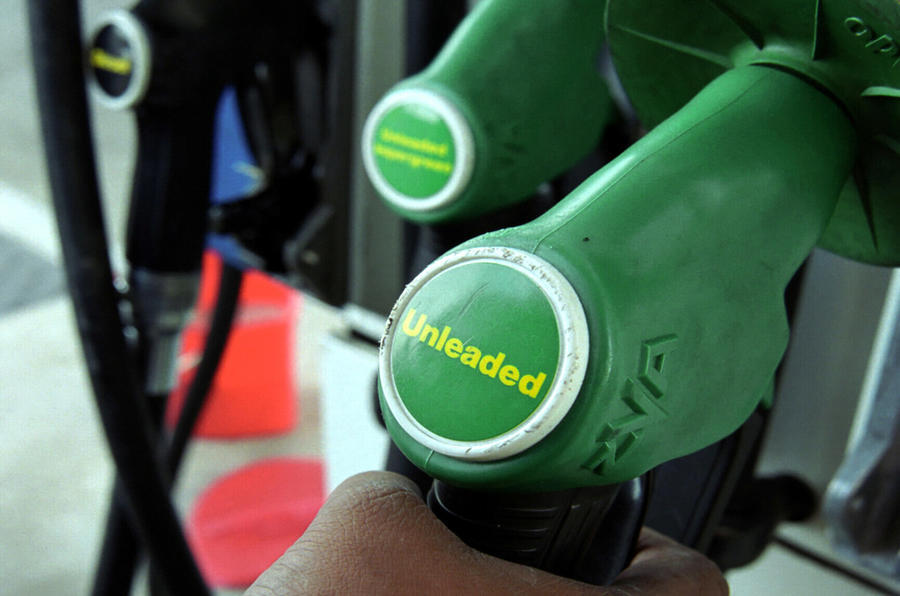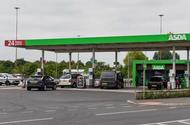Asda – found to be one of the main instigators in the report – was fined £60,000 for not fully co-operating with the CMA
Report findings hailed as ‘a landmark day’; recommendations includes creation of new fuel-price comparison app
Drivers paid on average 6p per litre more for fuel last year as supermarkets took advantage of weakened competition and inflated pump prices, a Competition and Markets Authority (CMA) report has found.
CMA chief Sarah Cardell, who said supermarkets were usually the cheapest place to buy fuel and market anchors, said the rising of prices would have had “a greater impact on vulnerable people, particularly those in areas with less choice of fuel stations”.
The report found the rise was instigated by Asda – which was also fined £60,000 for not co-operating fully with the CMA investigation – and Morrisons, the two cheapest fuel sellers, which last year each made the decision to target higher margins.
Asda’s fuel margin target in 2023 more than three times what it had been for 2019, while Morrisons doubled its margin target in the same period.
Other retailers, including Sainsbury’s and Tesco, didn’t respond “in the way you would expect in a competitive market” and “instead raised their prices in line with these changes”, the CMA found.
“Taken together, this indicates that competition has weakened and reinforces the need for action,” the report added.

Diesel prices have also been slow to drop in 2023, partially down to Asda ‘feathering’ its prices (reducing them more slowly as wholesale prices fell) and other firms not responding competitively to that.
The CMA estimated that drivers have paid 13p per litre more for diesel from January 2023 to the end of May 2023 than if margins had been at their historic average.
“Competition at the pump is not working as well as it should be, and something needs to change swiftly to address this,” said Cardell.
As such, the CMA recommended a “fuel finder scheme” to give drivers access to live, station-by-station fuel prices on their phones or sat-navs. This would “help revitalise competition in the retail road fuel market”.
Cardell added: “We need to reignite competition among fuel retailers. This [scheme] would end the need to drive round and look at the prices displayed on the forecourt and would ideally enable live price data on sat-navs and map apps.”
The CMA also recommended bringing in a new monitoring body to “hold [the] industry to account”.
Its report has been hailed as “a landmark day” by the RAC.
Its fuel spokesman, Simon Williams, said: “The fact that drivers appear to have lost out to the tune of nearly £1 billion as a result of increased retailer margins on fuel is nothing short of astounding in a cost of living crisis and confirms what we’ve been saying for many years: that supermarkets haven’t been treating drivers fairly at the pumps.
“It’s all about action now, and we very much hope the government follows through with both of the CMA’s recommendations.
“While forcing retailers to publish pump prices is a positive step for drivers, what’s of far more significance is the creation of a fuel-monitor function within government which, we very much hope, actively monitors wholesale prices to ensure forecourts don’t overcharge when the cost they pay to buy fuel drops.
“Without this, we fear drivers will continue to get a raw deal.”
Source: Autocar
